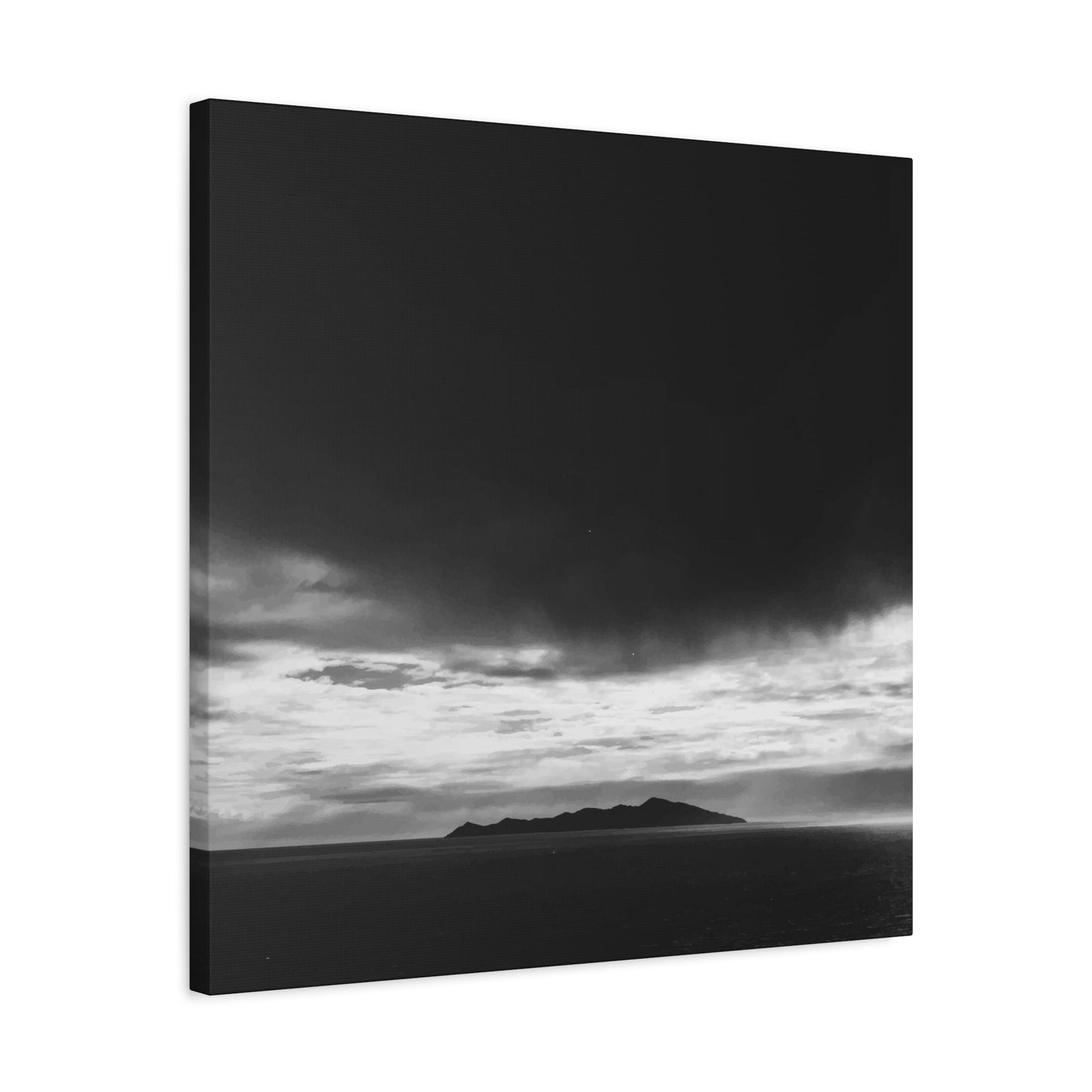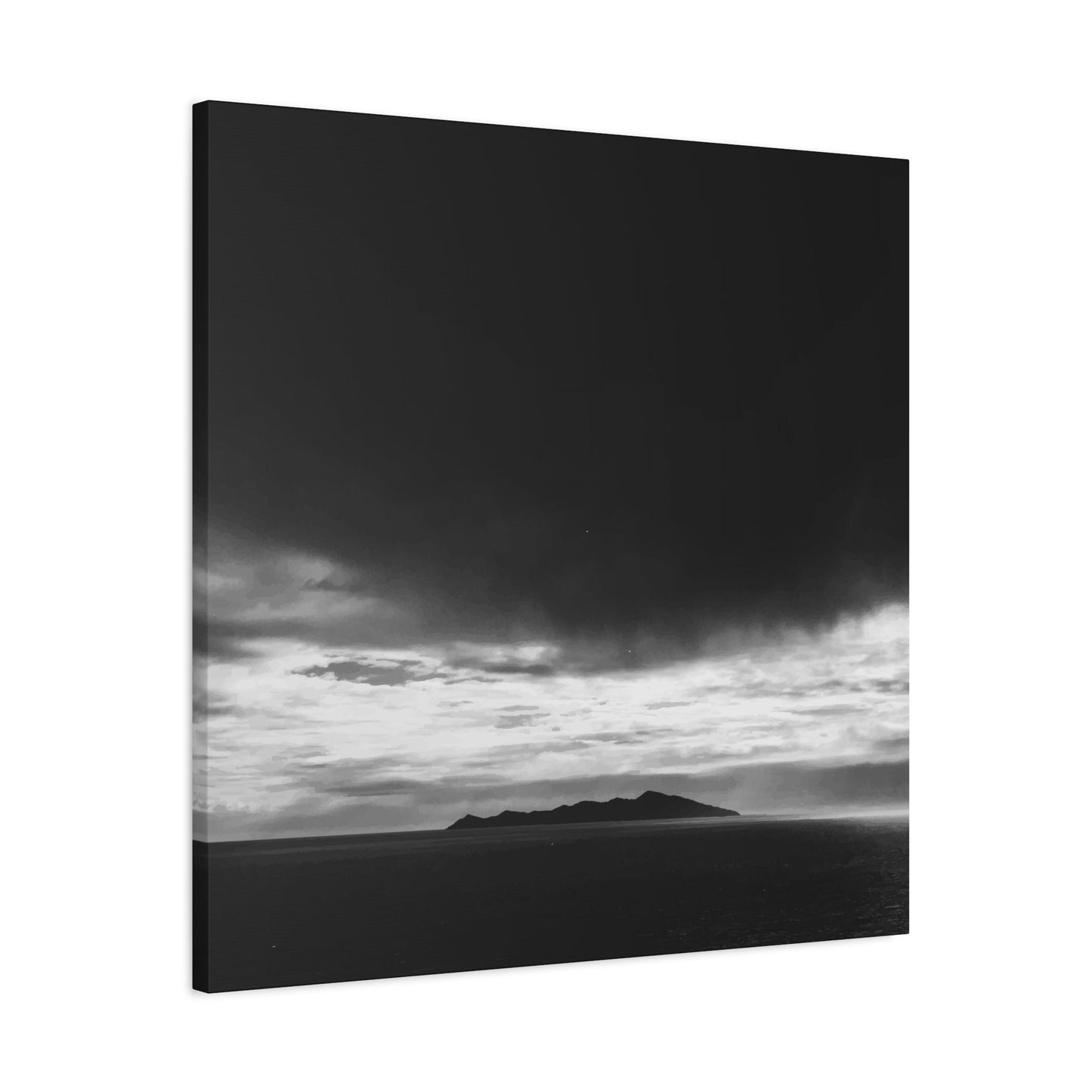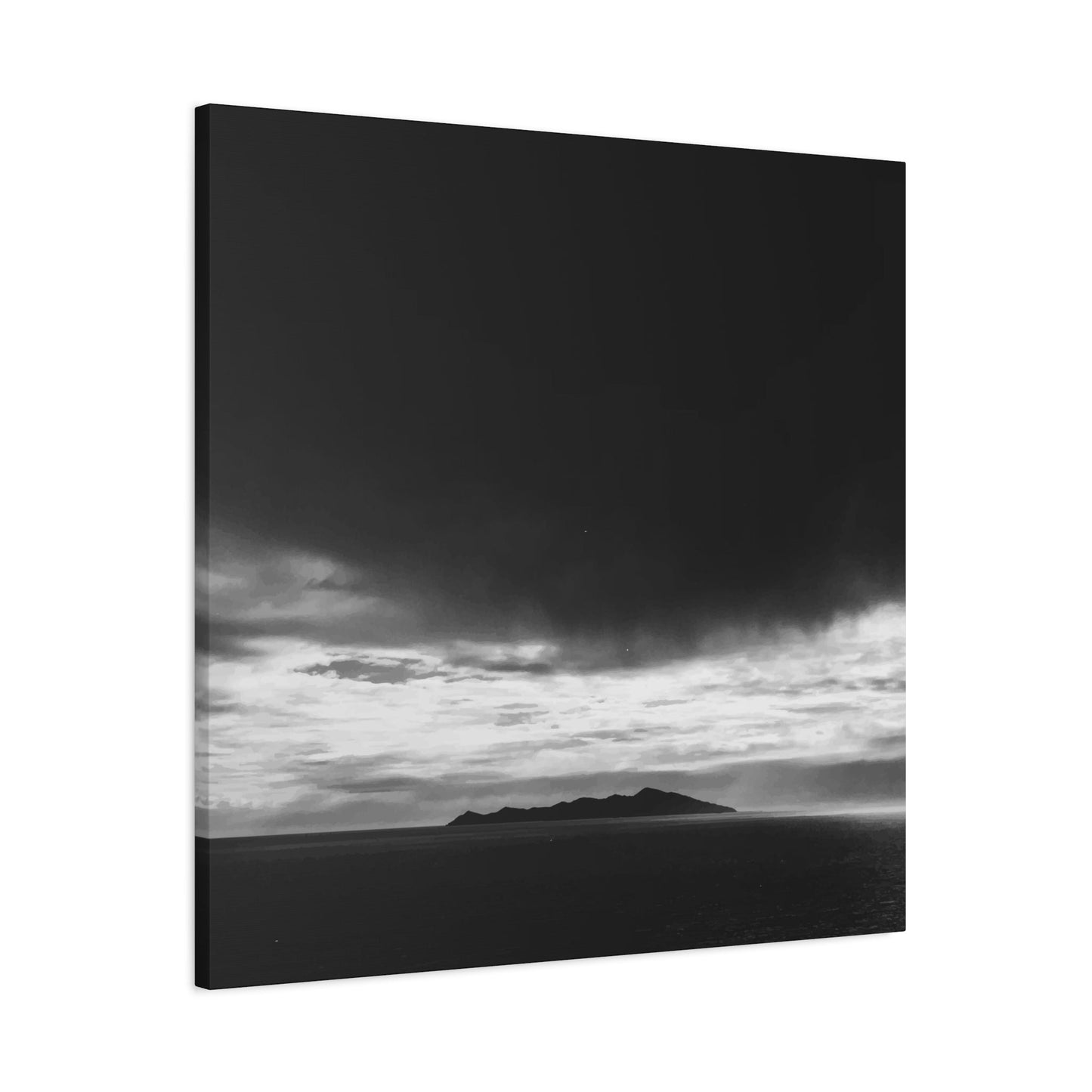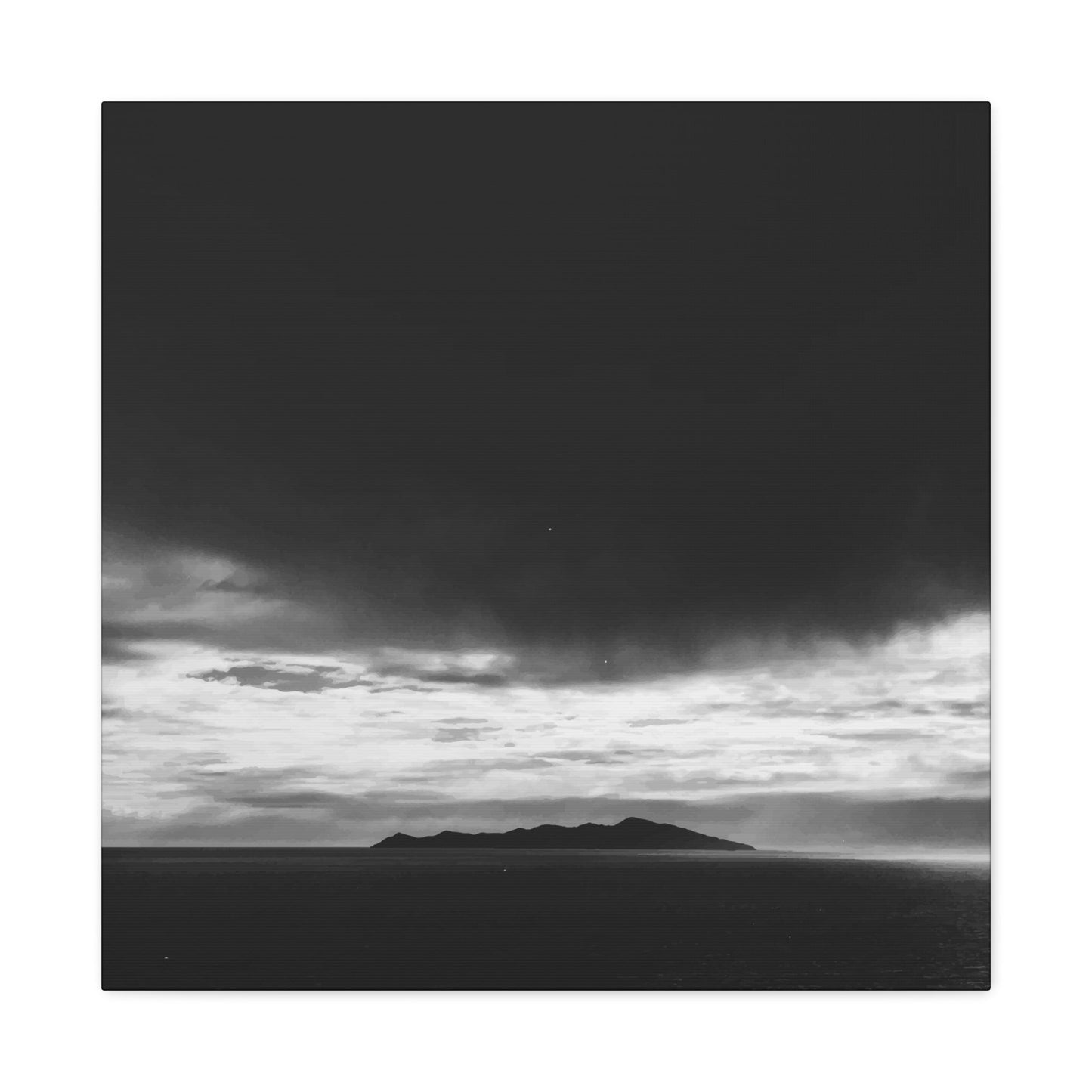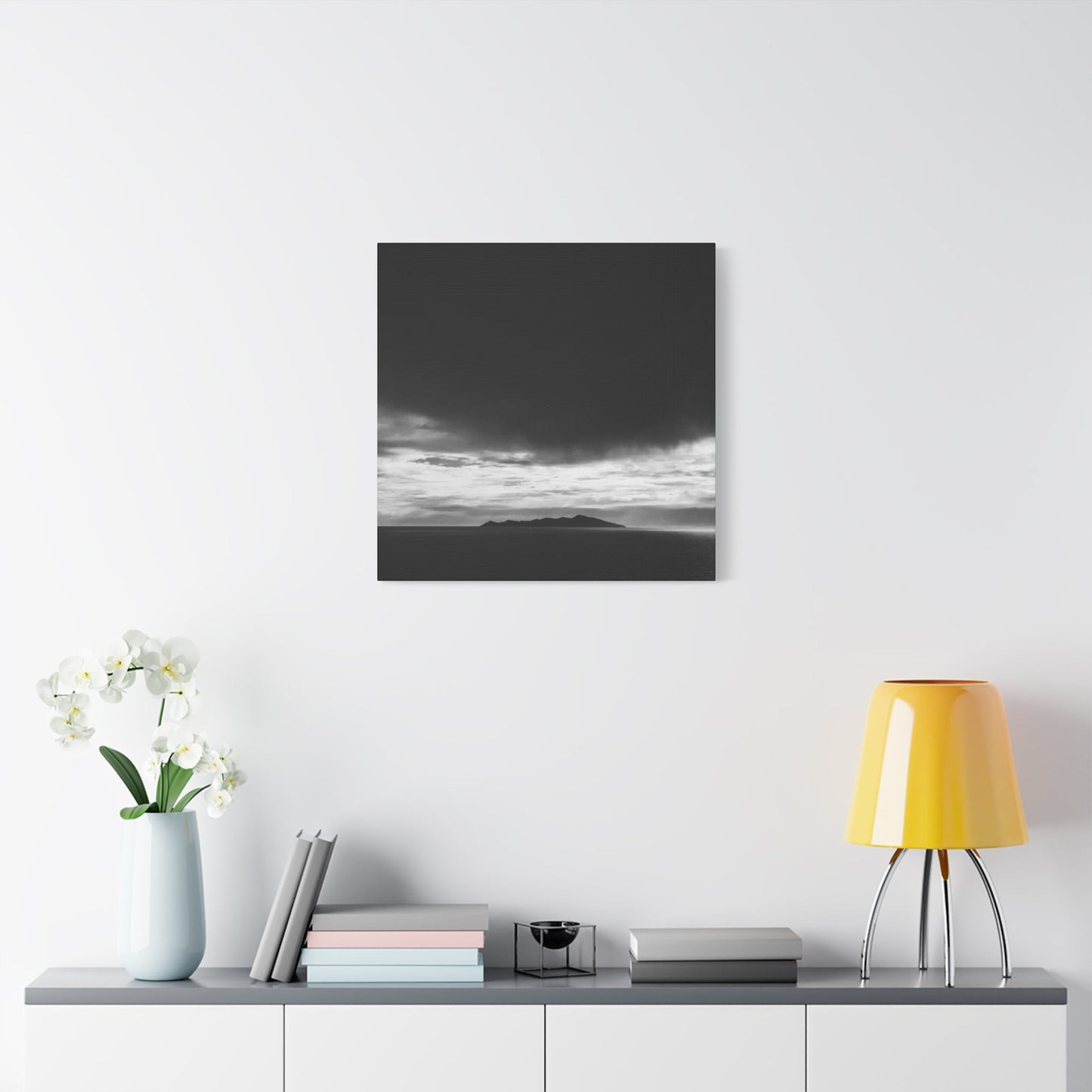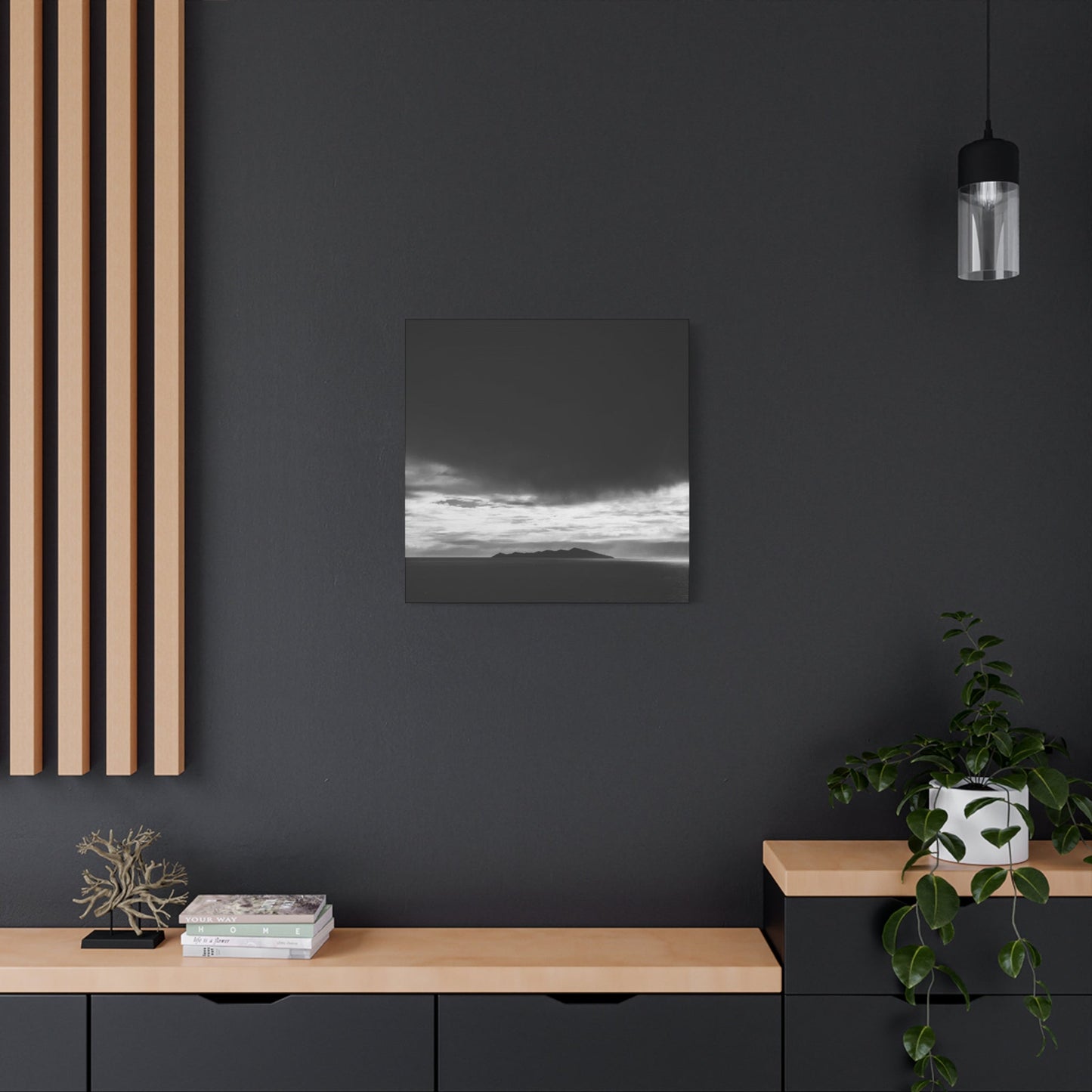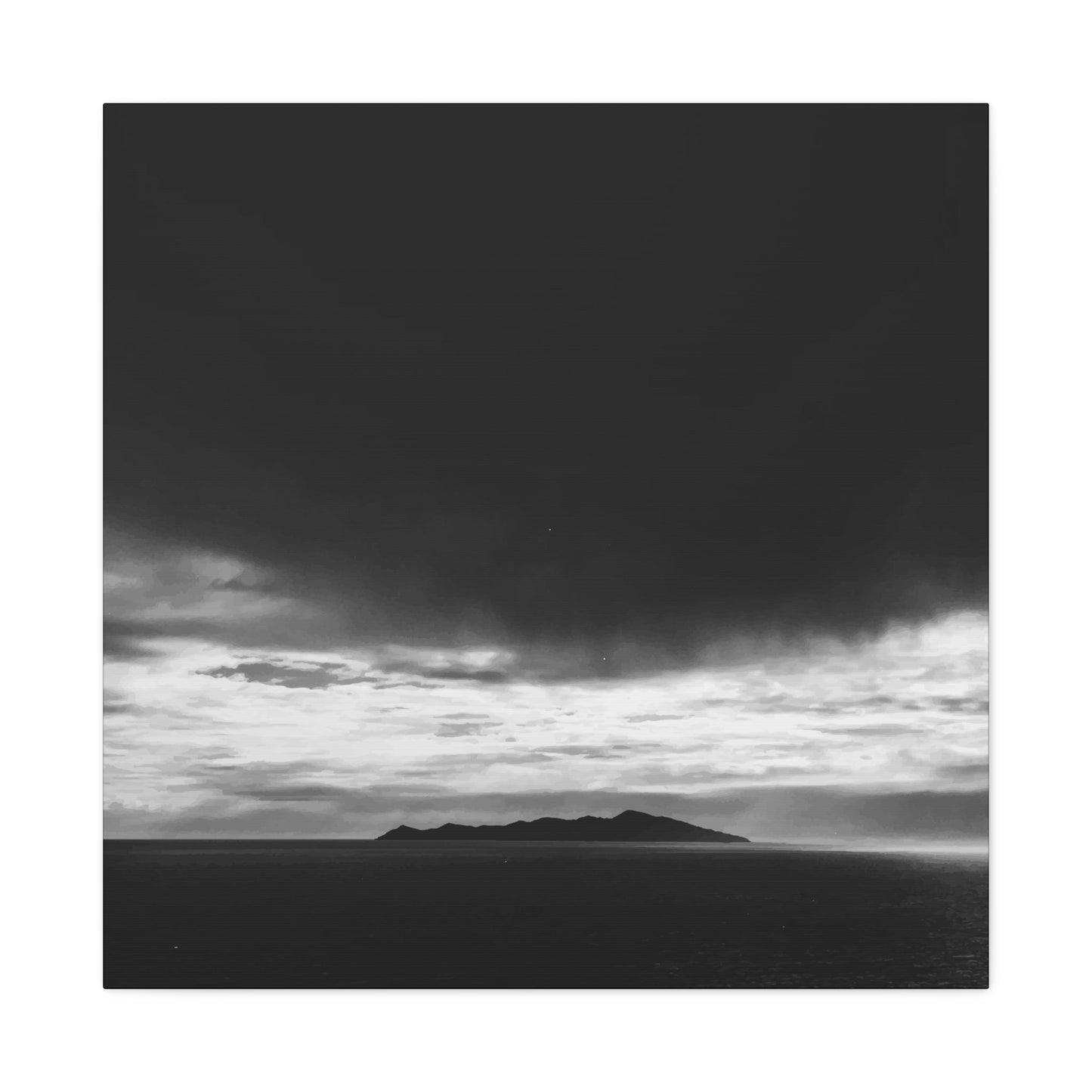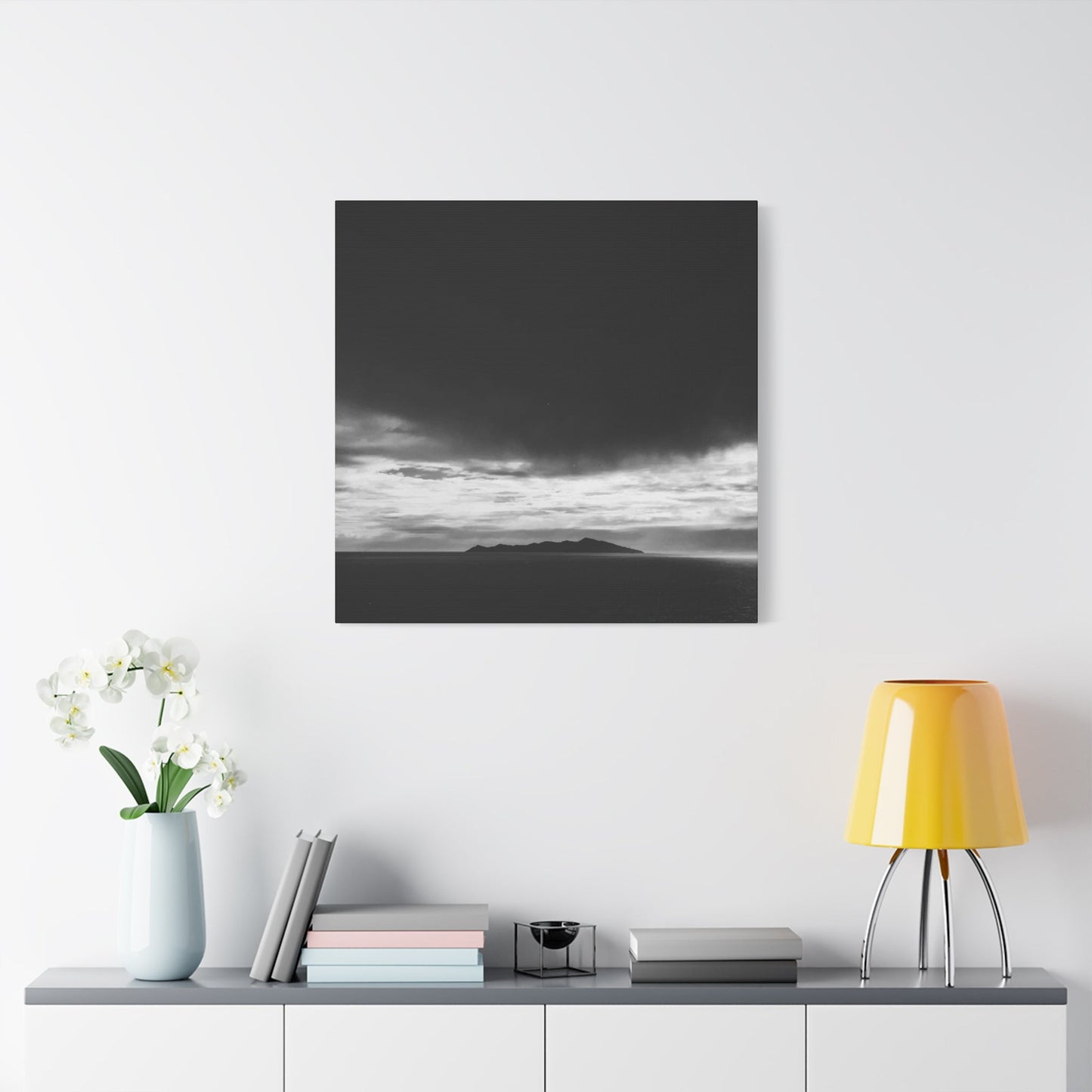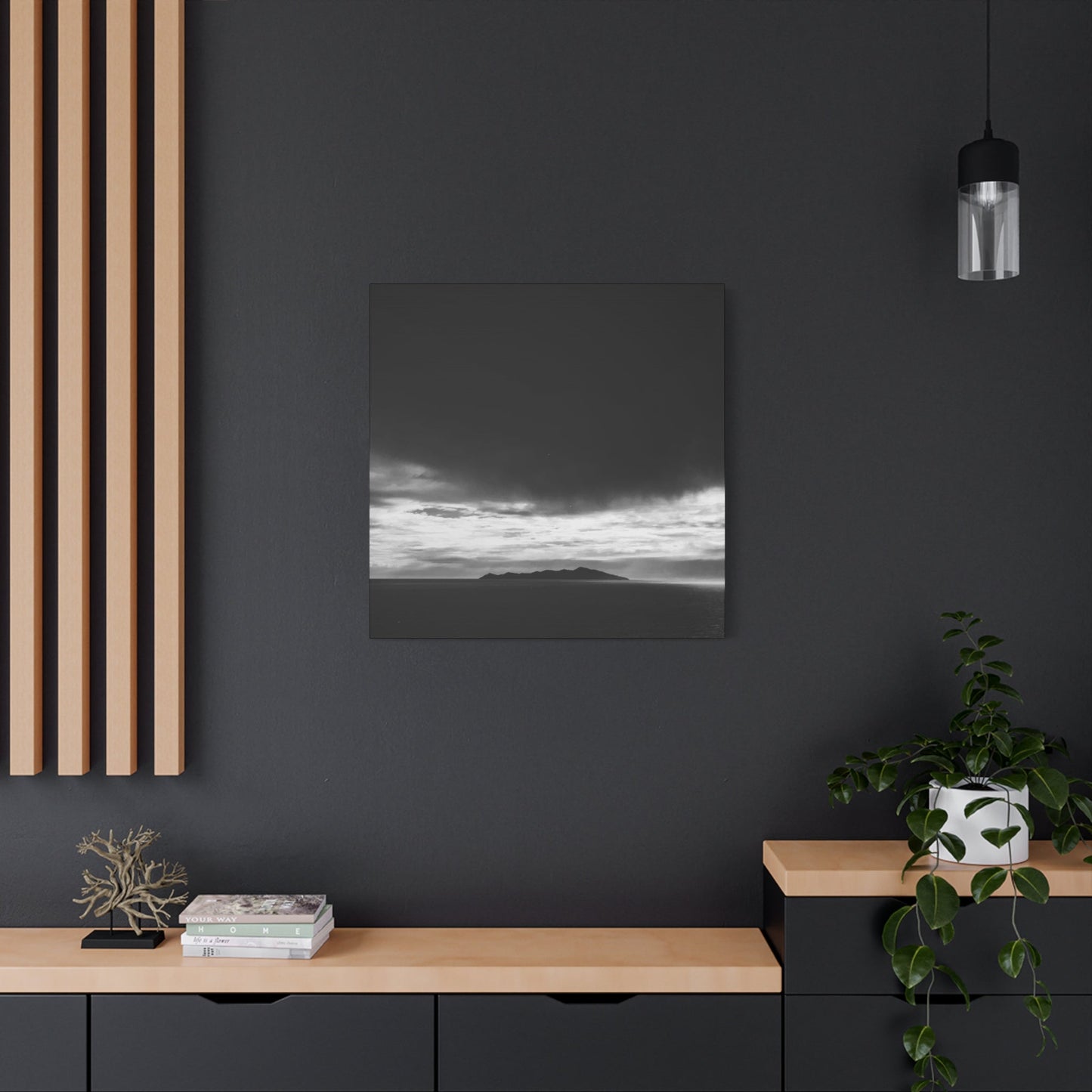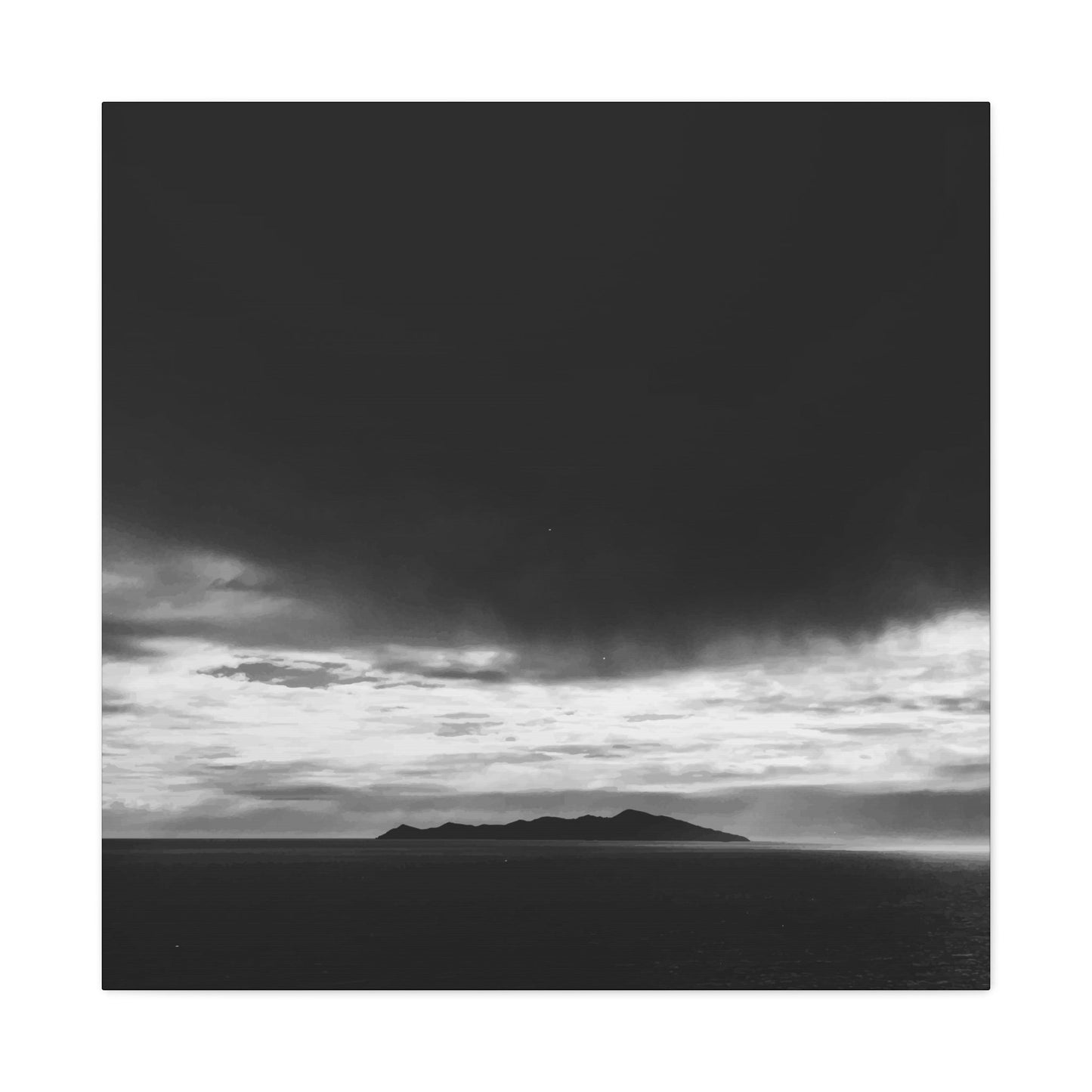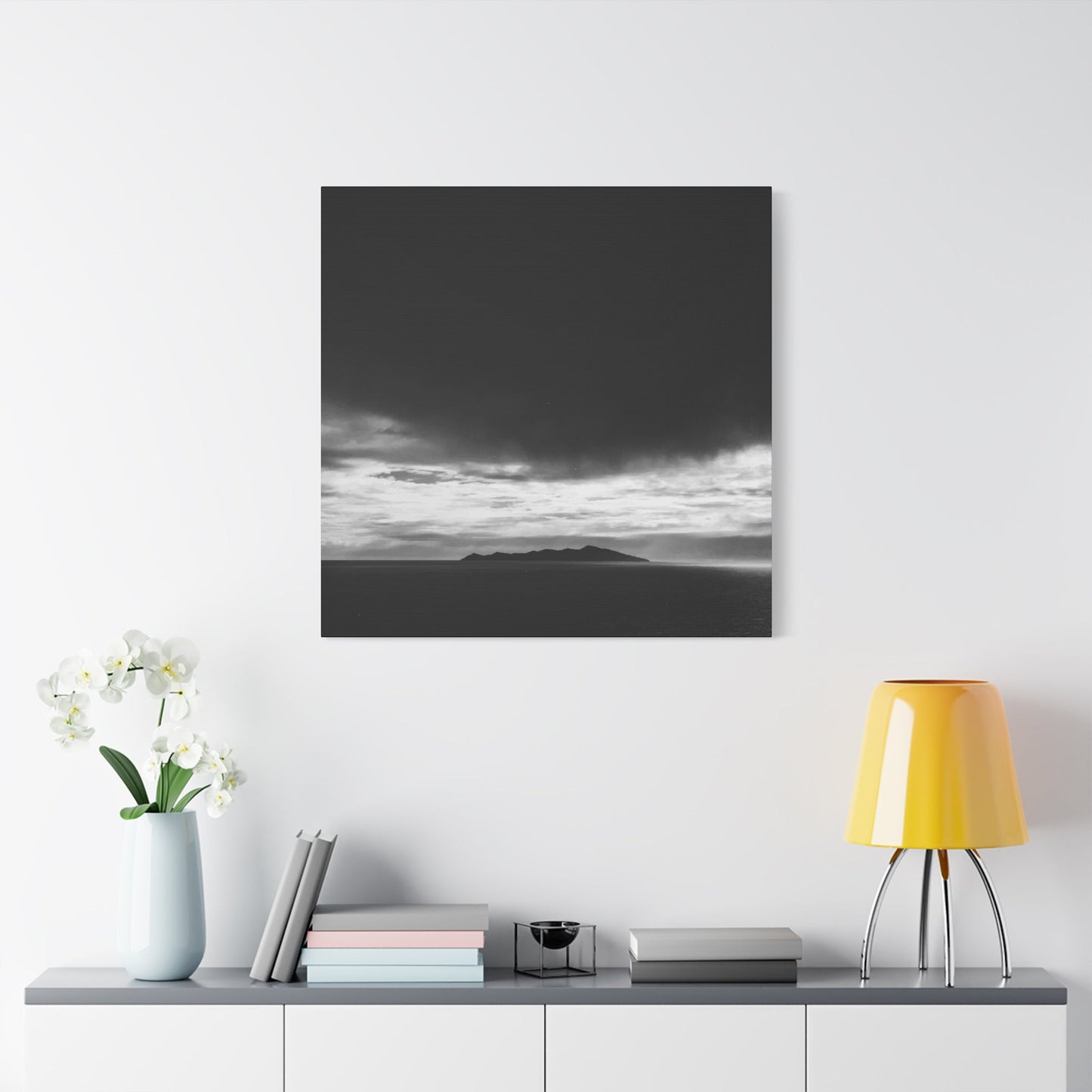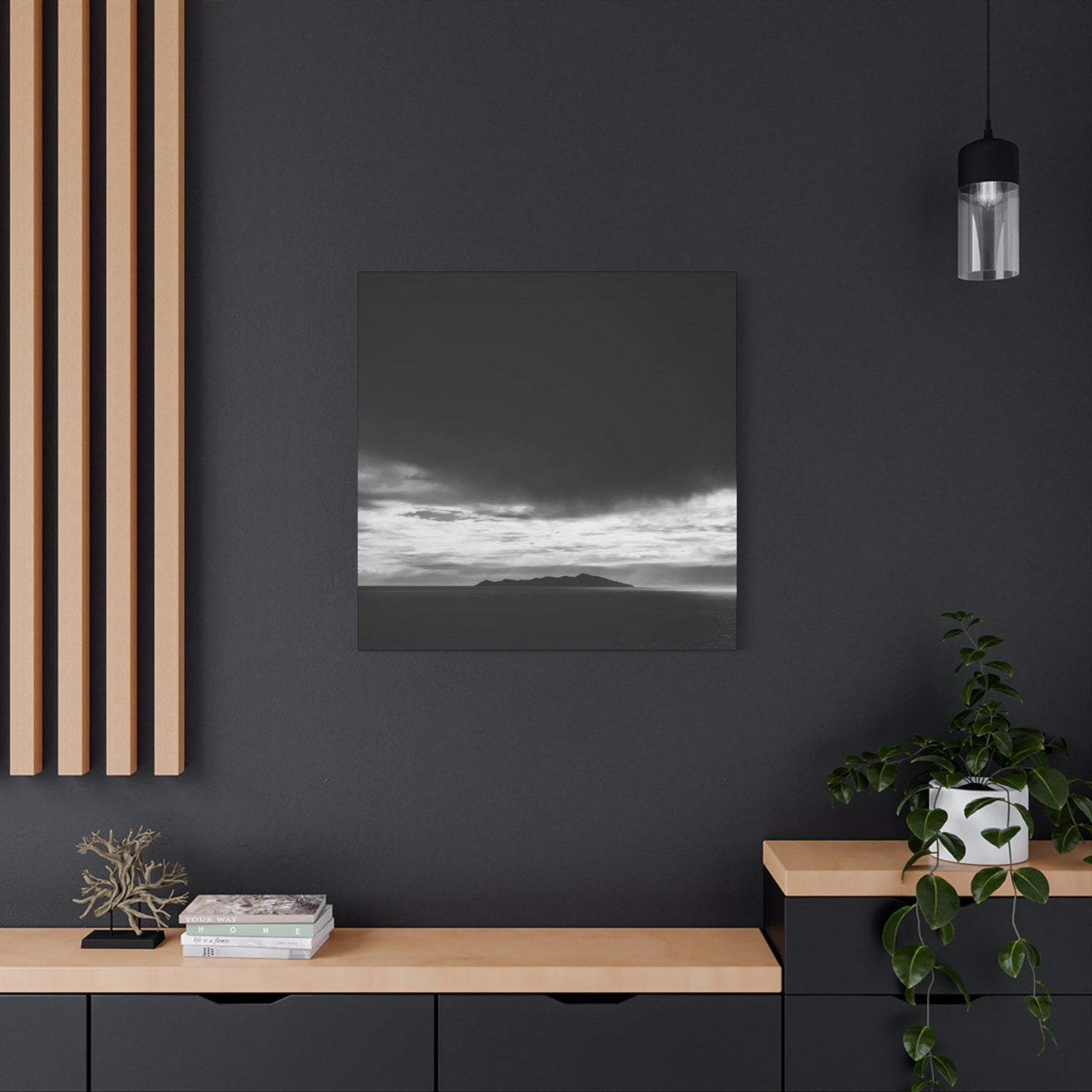Dark and Stormy Wall Art: Embracing the Beauty in Chaos
Creating spaces that exude sophistication and drama has become increasingly popular among interior design enthusiasts. Dark moody walls offer an incredible opportunity to craft rooms that feel both intimate and luxurious. This approach to interior design challenges traditional notions of brightness and openness, instead embracing the power of deeper tones to create environments that are rich, engaging, and deeply personal.
The art of designing with dark moody walls requires careful consideration of multiple elements working in harmony. From understanding how different lighting conditions interact with darker paint colors to selecting furniture pieces that complement rather than compete with bold wall treatments, every decision contributes to the overall atmosphere of the space.
Professional designers have long recognized the transformative power of darker color palettes in creating rooms that feel more sophisticated and intentional. These spaces often become the most memorable and photographed rooms in homes, serving as dramatic backdrops for both everyday living and special occasions.
The psychology behind darker interior spaces reveals fascinating insights into how color affects our emotional responses to environments. Deep blues, charcoal grays, forest greens, and rich burgundies can create feelings of security, warmth, and sophistication that lighter colors simply cannot achieve. These colors wrap around inhabitants like a luxurious embrace, making spaces feel more intimate and cocoon-like.
Understanding the principles behind successful dark moody interior design enables homeowners to create spaces that feel intentional rather than accidentally gloomy. The key lies in balancing darkness with strategic lighting, incorporating appropriate textures, and selecting complementary design elements that enhance rather than diminish the dramatic effect.
Planning Your Dark Moody Interior Design Project
Beginning any dark moody interior design project requires thorough planning and consideration of multiple factors that will influence the final result. The room's natural light sources, intended function, existing architectural features, and personal lifestyle needs all play crucial roles in determining the most effective approach to creating a successful dark interior space.
Natural light assessment forms the foundation of any dark room design project. Rooms with abundant natural light can support deeper, more dramatic colors without feeling oppressive or cramped. South-facing rooms with large windows can easily accommodate the darkest paint colors, while north-facing spaces may require more careful color selection and additional artificial lighting to maintain balance.
The intended function of the space significantly impacts color and design choices. Bedrooms naturally lend themselves to darker, more intimate color schemes that promote relaxation and restful sleep. Living rooms designed for entertaining may benefit from dramatic dark walls that create conversation-worthy focal points. Home offices or study areas can use darker colors to minimize distractions and promote concentration.
Existing architectural features within the space provide both opportunities and challenges for dark moody design schemes. High ceilings can benefit from darker colors that bring the ceiling down visually, creating more intimate proportions. Crown molding, built-in shelving, and other architectural details can be highlighted or de-emphasized depending on the specific design goals.
Personal lifestyle considerations ensure that the finished space will function effectively for its intended users. Families with young children may need to consider maintenance requirements of darker paint finishes, while pet owners should evaluate how dark walls will show pet hair or scratches. Active entertaining households might prioritize how dark walls photograph under various lighting conditions.
Budget planning for dark moody interior projects should account for potential additional costs including premium paint products, enhanced lighting systems, and possibly more extensive surface preparation. Higher-quality paints often provide better coverage and depth of color, particularly important when working with dramatic dark shades.
Timeline considerations for dark moody room transformations typically require additional preparation time compared to lighter color schemes. Dark colors may require multiple coats for even coverage, and proper surface preparation becomes even more critical as imperfections tend to show more readily on darker surfaces.
Selecting the Perfect Dark Paint Colors
Choosing appropriate dark paint colors requires understanding undertones, lighting interactions, and color relationships that will create the desired mood and atmosphere. The most successful dark moody interiors result from careful color selection that considers both the emotional impact and practical implications of living with darker walls.
Navy blue represents one of the most versatile and approachable dark colors for interior walls. This classic color works particularly well in traditional, transitional, and even contemporary design schemes. Navy blue creates a sense of depth and sophistication while maintaining enough familiarity to feel comfortable and livable. The color pairs beautifully with crisp white trim, brass hardware, and natural wood finishes.
Charcoal gray offers a modern, sophisticated alternative to pure black while providing similar dramatic impact. This color works exceptionally well in contemporary and industrial design schemes, serving as an ideal backdrop for colorful artwork, metallic accents, and varied textures. Charcoal gray walls can make furniture and decorative objects appear more vibrant and three-dimensional.
Forest green brings natural, earthy sophistication to interior spaces while creating connections to outdoor environments. This color works particularly well in rooms with natural wood elements, creating harmonious relationships between architectural features and wall colors. Forest green can make spaces feel both grounded and luxurious, particularly when paired with warm metallic accents.
Deep burgundy or wine colors create some of the most dramatic and luxurious-feeling interior spaces. These colors work exceptionally well in dining rooms, libraries, and bedrooms where creating an intimate, cocoon-like atmosphere is desirable. Burgundy walls provide rich backdrops for gold and brass accents while complementing both antique and contemporary furnishings.
Black paint colors, while intimidating to many homeowners, can create incredibly sophisticated and dramatic interior spaces when used correctly. Pure black walls work best in rooms with abundant natural light and high ceilings, while softer black tones with slight gray or blue undertones can be more forgiving in smaller or darker spaces.
Understanding paint sheens becomes particularly important when working with dark colors, as different finishes will dramatically affect how the color appears and performs in daily use. Matte finishes provide the richest, most saturated color appearance but may show scuffs and fingerprints more readily. Eggshell and satin finishes offer better durability while still maintaining good color depth.
Color temperature considerations ensure that dark wall colors will work harmoniously with the room's lighting conditions throughout the day. Cool-toned dark colors like navy blue and charcoal work well with natural daylight but may appear harsh under warm incandescent lighting. Warm-toned dark colors like deep browns and burgundies complement warm artificial lighting but may appear muddy in bright daylight.
Mastering Lighting Design for Dark Spaces
Effective lighting design becomes absolutely critical when working with dark moody wall colors, as insufficient or poorly planned lighting can make spaces feel oppressive rather than sophisticated. The key to successful dark room lighting involves layering different types of illumination to create depth, visual interest, and functional lighting for various activities.
Ambient lighting provides the foundation for any well-lit dark space, establishing overall illumination levels that make the room comfortable and usable. Recessed ceiling lights, chandeliers, and pendant fixtures can provide ambient lighting, but the key is ensuring adequate light levels without creating harsh contrasts against dark walls. Dimmer controls become essential components of any dark room lighting scheme, allowing for adjustment of light levels throughout the day and for different activities.
Task lighting addresses specific functional needs within dark rooms, ensuring that activities like reading, cooking, or working can be performed safely and comfortably. Table lamps, floor lamps, under-cabinet lighting, and desk lamps provide targeted illumination where needed most. When selecting task lighting for dark rooms, consider both the light output and the fixture design, as these elements will be more prominent against darker backgrounds.
Accent lighting creates visual interest and highlights specific features within dark moody spaces. Picture lights, wall sconces, and strategically placed spotlights can draw attention to artwork, architectural features, or decorative objects. Accent lighting becomes particularly important in dark rooms as it prevents spaces from feeling flat or monotonous.
Natural light optimization maximizes available daylight in dark rooms through strategic window treatments and reflective surfaces. Light-colored or metallic window hardware can help reflect more light into the space, while sheer curtains or light-filtering blinds maintain privacy without blocking precious natural light. Mirrors positioned opposite windows can double the apparent amount of natural light in dark rooms.
Artificial lighting color temperature significantly impacts how dark wall colors appear throughout the day. Warm white lights (2700K-3000K) complement most dark wall colors and create cozy, intimate atmospheres. Cool white lights (3500K-4100K) may work better with blue or gray-toned dark walls but can feel harsh in evening hours. Tunable LED systems allow for adjustment of color temperature throughout the day.
Lighting fixture selection for dark rooms should consider both functional requirements and aesthetic impact. Light-colored or metallic fixtures tend to stand out more dramatically against dark walls, becoming significant design elements in their own right. Dark or black fixtures can blend seamlessly with dark walls, creating more subtle lighting effects.
Strategic placement of lighting fixtures ensures even illumination throughout dark spaces while avoiding harsh shadows or bright spots. Wall-mounted sconces can provide gentle upward and downward illumination that grazes dark walls beautifully. Cove lighting hidden behind crown molding or architectural features can provide indirect ambient lighting that makes dark rooms feel larger and more welcoming.
Furniture Selection Strategies for Dark Rooms
Selecting appropriate furniture for dark moody rooms requires understanding how different colors, materials, and styles interact with darker backgrounds to create balanced, visually appealing spaces. The contrast between furniture pieces and dark walls can create striking visual effects while ensuring that rooms remain functional and comfortable for daily use.
Light-colored furniture creates dramatic contrast against dark walls, making pieces appear more prominent and three-dimensional. White, cream, light gray, and natural wood furniture can virtually glow against dark backgrounds, creating focal points that draw the eye and prevent rooms from feeling too heavy or monotonous. This contrast approach works particularly well with contemporary and Scandinavian design styles.
Dark furniture pieces can create sophisticated, cohesive looks when paired with dark walls, but this approach requires careful attention to texture and material variations to prevent spaces from appearing flat or undefined. Rich wooden furniture, dark leather seating, and black metal pieces can work beautifully against dark walls when sufficient lighting and texture variation are present.
Mixed furniture approaches combine both light and dark pieces to create balanced, layered looks in dark moody rooms. This strategy allows for greater flexibility in furniture selection while ensuring that spaces maintain visual interest and proper contrast levels. The key is establishing a coherent color palette that ties all elements together.
Metallic furniture accents provide glamorous contrast against dark walls while reflecting available light throughout the space. Brass, gold, silver, and copper finishes can add warmth and brightness to dark rooms without requiring light-colored furniture pieces. Metallic accents work particularly well in dining chairs, coffee tables, and lighting fixtures.
Upholstered furniture selection for dark rooms should consider both color and texture to ensure pieces complement rather than compete with dramatic wall colors. Rich velvet fabrics in jewel tones can create luxurious, sophisticated looks, while light linen or cotton fabrics provide refreshing contrast. Leather furniture works exceptionally well in dark rooms, aging gracefully while developing character over time.
Scale and proportion considerations become more important in dark rooms, as darker backgrounds can make furniture pieces appear larger or smaller depending on their color and finish. Light-colored furniture may appear larger against dark walls, while dark furniture can seem to recede into the background. Planning furniture layouts with these visual effects in mind ensures balanced, well-proportioned spaces.
Texture variation in furniture selection helps create visual interest and depth in dark moody rooms. Smooth leather, nubby tweed, polished wood, and rough jute all contribute different textural elements that prevent dark rooms from appearing flat or one-dimensional. Mixing textures also adds tactile interest that makes spaces more engaging and comfortable.
Incorporating Textures and Materials
Texture and material selection play crucial roles in creating successful dark moody interiors, as these elements add depth, visual interest, and tactile richness that prevent spaces from feeling flat or overwhelming. The interplay between different textures becomes more pronounced against darker backgrounds, making material choices particularly important in dark room design.
Natural materials bring warmth and organic appeal to dark moody spaces while providing textural contrast that enhances the overall design scheme. Wood finishes, stone surfaces, natural fiber rugs, and live plants all contribute to creating balanced environments that feel grounded and livable rather than stark or artificial.
Velvet fabrics epitomize luxury and sophistication in dark interior spaces, providing rich tactile experiences while reflecting light in ways that create subtle variations in color depth. Velvet upholstery, throw pillows, and window treatments can add layers of texture while maintaining the moody atmosphere that darker colors create.
Leather materials age beautifully in dark rooms, developing patina and character that enhance rather than detract from sophisticated color schemes. Leather furniture, decorative accessories, and even wall coverings can contribute to creating spaces that feel both timeless and contemporary.
Metallic elements provide essential light reflection and contrast in dark moody rooms while adding glamorous touches that elevate the overall design scheme. Brass, copper, gold, and silver finishes all work differently with various dark colors, and understanding these relationships helps create more cohesive and intentional-looking spaces.
Natural fiber elements including jute, sisal, hemp, and wool contribute textural richness while maintaining organic connections that prevent dark spaces from feeling too artificial or cold. Area rugs, wall hangings, and decorative baskets made from natural fibers all contribute to creating more balanced and welcoming environments.
Smooth and reflective surfaces provide important contrast to matte wall finishes while helping to distribute light throughout dark spaces. Glossy ceramic tiles, polished stone surfaces, mirrors, and glass elements all contribute to creating more dynamic and visually interesting environments.
Rough and matte textures absorb light and sound, creating more intimate and cozy feelings within dark moody spaces. Exposed brick walls, rough plaster finishes, and matte ceramic pieces can all contribute to creating spaces that feel grounded and substantial rather than ethereal or delicate.
Window Treatment Solutions
Window treatments in dark moody rooms must balance multiple requirements including privacy, light control, aesthetic appeal, and enhancement of the overall design scheme. The right window treatments can make or break the success of a dark interior design project, as they significantly impact both natural light levels and the visual connection to outdoor spaces.
Light-colored window treatments provide essential contrast against dark walls while maximizing natural light penetration during daytime hours. White, cream, or light gray curtains, blinds, or shades can help brighten dark rooms significantly while maintaining the dramatic impact of darker wall colors. These lighter treatments also create visual relief that prevents rooms from feeling too enclosed or heavy.
Sheer fabrics allow maximum natural light penetration while providing privacy and softness that complements dark moody color schemes. Linen sheers, silk panels, and lightweight cotton fabrics can filter harsh sunlight while maintaining connections to outdoor views. Layering sheer panels under heavier drapes provides flexibility for different lighting needs throughout the day.
Metallic hardware and trim elements on window treatments can provide important light reflection and glamorous touches that enhance dark room design schemes. Brass, gold, or silver curtain rods, tiebacks, and decorative elements can add jewelry-like accents that prevent dark rooms from feeling too somber or serious.
Layered window treatment approaches provide maximum flexibility for light control while creating visual depth and interest. Combining blinds or shades with curtain panels allows for precise light control while maintaining aesthetic appeal. This approach works particularly well in bedrooms and media rooms where complete light blocking may be desired at times.
Natural material window treatments including bamboo blinds, woven wood shades, and hemp panels contribute organic textures that complement dark wall colors beautifully. These materials provide excellent light filtering while adding warmth and natural appeal that prevents dark rooms from feeling too stark or artificial.
Motorized window treatment systems provide convenient light control that becomes particularly valuable in dark rooms where precise light management is important. Automated systems can be programmed to adjust throughout the day, ensuring optimal light levels for different activities while maintaining the moody atmosphere that dark walls create.
Pattern and texture considerations in window treatment fabrics can either complement or contrast with dark wall colors depending on the desired effect. Subtle patterns and textures tend to work better in dark rooms, as bold patterns can compete with dramatic wall colors and create visual confusion.
Color Coordination and Palette Development
Developing cohesive color palettes for dark moody interiors requires understanding color theory principles while considering how different hues interact with darker base colors to create harmonious and visually appealing environments. Successful palette development ensures that all elements within the space work together rather than competing for attention.
Monochromatic color schemes using various shades and tints of the same color family can create sophisticated, cohesive looks in dark moody rooms. These schemes work particularly well with blue, gray, and green color families, allowing for subtle variations that add visual interest without overwhelming the space. Monochromatic approaches require careful attention to texture and material variation to prevent rooms from appearing flat.
Complementary color relationships provide dramatic contrast that can energize dark moody spaces while maintaining sophisticated appeal. Pairing dark blues with warm oranges, deep greens with rich reds, or charcoal grays with warm golds can create vibrant, engaging environments that feel both sophisticated and lively.
Analogous color combinations using colors that sit next to each other on the color wheel create harmonious, peaceful environments in dark rooms. Combining dark blues with purples and greens, or deep reds with oranges and purples, creates smooth color transitions that feel natural and comfortable.
Neutral accent colors including whites, creams, beiges, and light grays provide essential breathing room in dark color schemes while serving as bridges between more dramatic colors. These neutral elements can be incorporated through furniture, window treatments, artwork, and decorative accessories to create balance and visual rest.
Metallic accent colors serve dual purposes in dark rooms, providing both color interest and light reflection that enhances the overall lighting scheme. Gold and brass accents work particularly well with warm-toned dark colors, while silver and chrome complement cool-toned dark schemes.
Natural color connections bring organic appeal to dark moody interiors while ensuring that color schemes feel grounded rather than artificial. Incorporating wood tones, stone colors, and plant greens helps create balanced environments that feel connected to the natural world.
Seasonal color considerations allow dark moody rooms to feel fresh and current throughout the year without requiring major design changes. Swapping out throw pillows, artwork, and decorative accessories in seasonal colors can refresh dark spaces while maintaining their sophisticated foundation.
Ceiling Design Considerations
Ceiling design becomes particularly important in dark moody rooms, as ceiling color and treatment significantly impact the overall proportion and atmosphere of the space. Understanding how different ceiling approaches interact with dark wall colors helps create more balanced and visually appealing environments.
Dark ceiling approaches create dramatic, cocooning effects that can make spaces feel more intimate and luxurious. Painting ceilings the same color as walls creates seamless, envelope-like environments that eliminate visual breaks and create sophisticated monochromatic schemes. This approach works particularly well in bedrooms and dining rooms where creating intimate atmospheres is desirable.
Light ceiling colors provide essential contrast and can make dark rooms feel larger and more open. White, cream, or very light gray ceilings create visual lift while allowing dark walls to remain the focus of attention. This approach works well in rooms with lower ceilings or limited natural light where maintaining a sense of space is important.
Metallic ceiling finishes can add glamorous touches that complement dark wall colors while providing light reflection that brightens the entire space. Metallic paint finishes, ceiling tiles, or decorative elements can create stunning focal points while serving practical lighting functions.
Coffered or tray ceiling designs can be enhanced with dark colors to create dramatic architectural interest. Painting the recessed portions of these ceiling designs in dark colors while keeping the raised portions light creates sophisticated contrasts that highlight architectural details.
Ceiling-mounted design elements including crown molding, medallions, and decorative trim can be used to create visual interest while providing opportunities for color contrast. These elements can be painted in contrasting colors to create definition and architectural appeal.
Lighting integration with ceiling design ensures that dark rooms receive adequate illumination while maintaining aesthetic appeal. Recessed lighting, track systems, and decorative fixtures should be planned in coordination with ceiling color and design to create cohesive and functional lighting schemes.
Texture applications on ceilings can add visual interest while complementing dark wall colors. Textured plaster, wood planks, or decorative tile can create engaging ceiling designs that enhance the overall sophistication of dark moody spaces.
Flooring Options for Dark Interiors
Flooring selection for dark moody rooms requires balancing practical considerations with aesthetic goals to create spaces that function well while supporting the overall design scheme. The relationship between floor colors and materials with dark wall colors significantly impacts the visual weight and proportion of the space.
Light-colored flooring provides essential contrast that can prevent dark rooms from feeling too heavy or enclosed. White oak, maple, light tile, and pale carpeting can brighten dark spaces significantly while creating visual balance. Light floors also reflect more light upward, helping to illuminate dark walls from below.
Natural wood flooring brings warmth and organic appeal to dark moody interiors while providing timeless beauty that complements various design styles. Different wood species and finishes interact differently with dark walls, and understanding these relationships helps create more cohesive and intentional-looking spaces.
Dark flooring materials can create sophisticated, cohesive looks when paired with dark walls, but this approach requires careful attention to lighting and contrast elements to prevent spaces from feeling too monochromatic. Rich walnut floors, dark tile, or charcoal carpeting can work beautifully with proper planning and execution.
Stone flooring options including marble, granite, slate, and travertine provide natural beauty and durability that complement dark wall colors beautifully. The varied patterns and colors within natural stone can add visual interest while maintaining sophisticated appeal.
Patterned flooring materials including geometric tiles, patterned carpets, and decorative wood inlays can add visual interest to dark rooms while serving as focal points that draw the eye downward. These patterns should be selected carefully to complement rather than compete with dark wall colors.
Area rug selection for dark floors requires consideration of both color and pattern to create appropriate contrast and visual interest. Light-colored rugs can provide essential brightness, while patterned rugs can add personality and warmth to dark moody spaces.
Flooring transitions between dark rooms and adjacent spaces should be planned carefully to create smooth visual flow throughout the home. Using similar or complementary flooring materials helps create cohesive designs that feel intentional rather than choppy.
Artwork and Wall Decor Integration
Selecting and displaying artwork in dark moody rooms requires understanding how different types of art, frames, and hanging systems interact with darker backgrounds to create visually compelling and well-balanced displays. Dark walls can make artwork appear more dramatic and three-dimensional, but they also require different approaches to selection and presentation.
Light-colored artwork creates stunning contrast against dark walls, making pieces appear to glow and demand attention. White matting and light frames can enhance this effect, creating gallery-worthy displays that serve as focal points within dark rooms. Photography, watercolors, and light abstract pieces work particularly well against dark backgrounds.
Dark artwork can create sophisticated, cohesive looks when displayed against dark walls, but this approach requires careful attention to contrast and lighting to ensure pieces remain visible and impactful. Rich oil paintings, dark photography, and moody abstract pieces can work beautifully with proper lighting and framing.
Frame selection becomes more critical in dark rooms, as frames serve as important transition elements between artwork and wall colors. Light-colored frames provide contrast and definition, while dark frames can blend seamlessly with dark walls, making artwork appear to float. Metallic frames offer glamorous touches that can enhance both artwork and room design.
Lighting for artwork becomes essential in dark rooms, as standard room lighting may not provide adequate illumination for proper art viewing. Picture lights, track lighting, and strategically placed accent lights can highlight artwork while contributing to the overall lighting scheme of the room.
Gallery wall arrangements in dark rooms require careful planning to ensure that individual pieces maintain their impact while creating cohesive group displays. Using consistent framing or matting helps unify collections, while varied sizes and orientations create visual interest.
Three-dimensional wall art including sculptures, wall hangings, and decorative objects can add textural interest and depth to dark walls. These pieces often appear more dramatic against darker backgrounds, creating shadow patterns that enhance visual appeal.
Mirror integration as wall decor serves dual purposes in dark rooms, providing decorative impact while reflecting light to brighten the space. Decorative mirrors can serve as artwork while contributing to the functional lighting scheme of dark moody rooms.
Accessory Selection and Styling
Choosing accessories for dark moody rooms requires understanding how different objects, colors, and materials will interact with darker backgrounds to create balanced, visually appealing, and personally meaningful spaces. Accessories provide opportunities to add personality, color, and texture while maintaining the sophisticated atmosphere that dark walls create.
Metallic accessories provide essential light reflection and glamorous touches that enhance dark room design schemes. Brass, gold, copper, and silver pieces can add warmth and brightness while serving functional and decorative purposes. Metallic picture frames, decorative bowls, candle holders, and lighting fixtures all contribute to creating more luminous environments.
Light-colored accessories create important contrast points that prevent dark rooms from feeling too heavy or monotonous. White or cream ceramics, light wooden objects, and pale fabric elements can provide visual relief while maintaining sophisticated appeal. These lighter elements should be distributed throughout the space to create balanced compositions.
Natural material accessories bring organic warmth to dark moody interiors while creating connections to the natural world. Wooden bowls, stone sculptures, dried flowers, and woven baskets all contribute to creating more balanced and welcoming environments that feel grounded rather than artificial.
Textural accessories add tactile interest and visual depth that becomes more pronounced against dark backgrounds. Rough pottery, smooth glass, nubby fabrics, and polished metals all contribute different textural elements that enhance the overall sensory experience of the space.
Color accent accessories provide opportunities to introduce personality and seasonal interest without overwhelming dark color schemes. Jewel-toned objects, fresh flowers, and colorful books can add vibrancy while maintaining sophisticated appeal.
Scale considerations for accessories in dark rooms should account for how darker backgrounds can affect the apparent size of objects. Light-colored accessories may appear larger against dark walls, while dark objects can seem to recede into the background.
Grouping and arrangement strategies for accessories in dark rooms should consider both visual weight and color distribution to create balanced compositions. Odd-numbered groupings, varied heights, and mixed materials create more dynamic and interesting displays.
Plant Selection and Natural Elements
Incorporating plants and natural elements into dark moody rooms provides essential life, color, and air purification while creating connections to nature that balance the dramatic sophistication of darker color schemes. Plant selection for dark rooms requires understanding both aesthetic and practical considerations to ensure healthy growth and visual appeal.
Low-light plants thrive in dark moody rooms while providing essential green color that creates visual balance and natural beauty. Pothos, snake plants, ZZ plants, and peace lilies all tolerate lower light conditions while contributing different leaf shapes and textures that add interest to dark spaces.
Plant container selection for dark rooms should consider both plant needs and aesthetic integration with the overall design scheme. Light-colored planters provide contrast against dark walls, while dark containers can blend seamlessly with the background. Metallic planters add glamorous touches that complement sophisticated color schemes.
Grouping strategies for plants in dark rooms should consider both visual impact and growing requirements to create successful displays. Varying plant heights, leaf textures, and container styles creates more interesting compositions while ensuring that all plants receive adequate light and care.
Natural material elements including wood, stone, shells, and dried botanicals can complement live plants while adding textural interest that enhances the organic appeal of dark moody rooms. These elements can be incorporated through decorative objects, furniture pieces, and architectural features.
Artificial plant alternatives may be necessary in very dark rooms where live plants cannot thrive, but selection should focus on high-quality pieces that provide realistic appearance and textural interest. High-end silk plants, preserved moss, and quality artificial arrangements can provide green color without maintenance requirements.
Placement considerations for plants in dark rooms should maximize available natural light while creating visual balance throughout the space. Positioning plants near windows, under skylights, or near light-colored walls can help ensure adequate growing conditions.
Seasonal plant rotation can provide changing interest in dark moody rooms while ensuring that plants receive adequate light for healthy growth. Moving plants to brighter locations during dormant seasons and rotating blooming plants can maintain visual interest year-round.
Storage Solutions That Enhance Design
Integrating storage solutions into dark moody rooms requires balancing functional needs with aesthetic goals to create spaces that remain organized and beautiful while maintaining the sophisticated atmosphere that darker colors create. Well-designed storage can enhance rather than detract from dramatic interior design schemes.
Built-in storage solutions painted to match dark walls can provide seamless integration that maximizes storage capacity without disrupting the visual flow of the space. Floor-to-ceiling shelving, window seats with storage, and built-in wardrobes can all be designed to complement dark color schemes while providing essential organization.
Light-colored storage furniture provides essential contrast that can prevent dark rooms from feeling too heavy while serving practical organizational needs. White or light wood bookcases, storage ottomans, and cabinets can brighten dark spaces while maintaining functionality.
Metallic storage elements add glamorous touches while providing functional organization in dark moody rooms. Brass or gold hardware, metallic storage baskets, and decorative boxes can serve storage needs while enhancing the overall design scheme.
Hidden storage solutions maintain the clean, sophisticated lines that work best with dark moody color schemes. Ottoman storage, under-bed drawers, and concealed cabinets can provide organization without cluttering the visual space.
Open shelving display strategies in dark rooms require careful curation to ensure that stored items enhance rather than detract from the overall design. Using consistent containers, limiting color palettes, and incorporating decorative objects can create attractive storage displays.
Closet organization within dark bedrooms should coordinate with the overall color scheme while maximizing functionality. Light-colored closet interiors can provide essential contrast while making it easier to locate items, while coordinated storage systems maintain the sophisticated aesthetic.
Multi-functional storage furniture serves dual purposes in dark moody rooms, providing organization while contributing to the overall design scheme. Storage benches, trunk coffee tables, and modular shelving systems can maximize functionality in smaller spaces.
Creating Focal Points and Visual Interest
Developing compelling focal points within dark moody rooms ensures that spaces maintain visual interest and prevent the sophisticated color schemes from becoming monotonous or overwhelming. Strategic focal point creation guides the eye through the space while highlighting key design elements and architectural features.
Statement lighting fixtures can serve as dramatic focal points that complement dark wall colors while providing essential illumination. Chandeliers, oversized pendant lights, and unique table lamps can become sculptural elements that anchor design schemes while serving practical functions.
Architectural feature enhancement using contrasting colors or materials can create compelling focal points that highlight the room's best attributes. Fireplace surrounds, built-in shelving, window frames, and crown molding can all be treated as focal elements that add visual interest.
Accent wall treatments can create focal points without overwhelming dark moody color schemes. Textured plaster, wallpaper, wood paneling, or stone can be used on single walls to create interest while maintaining the overall sophisticated atmosphere.
Large-scale artwork or photography can provide stunning focal points that complement dark walls while adding personality and visual interest. Oversized paintings, photography collections, or statement sculptures can anchor furniture arrangements while serving as conversation starters.
Furniture arrangements that create conversation areas or highlight specific functions can serve as focal points within larger dark rooms. Grouping seating around fireplaces, creating reading nooks, or highlighting dining areas can organize space while creating visual interest.
Window treatments as focal points can add color, pattern, and texture while serving practical functions in dark moody rooms. Dramatic curtains, decorative hardware, or unique window coverings can become design statements that enhance the overall scheme.
Color accent strategies using small amounts of bright or contrasting colors can create focal points that energize dark rooms without overwhelming the sophisticated color palette. Throw pillows, artwork, flowers, or decorative objects can provide strategic color placement.
Common Dark Room Challenges
Addressing common challenges that arise in dark moody room design helps create more successful and livable spaces while maintaining the dramatic sophistication that draws people to darker color schemes. Understanding potential issues and their solutions enables proactive design decisions that prevent problems before they occur.
Insufficient lighting represents the most common challenge in dark room design, making spaces feel gloomy rather than sophisticated. Solutions include adding multiple light sources, incorporating reflective surfaces, using lighter-colored accents, and installing dimmer controls that allow for light level adjustment.
Overwhelming darkness can make rooms feel oppressive rather than cozy, particularly in smaller spaces or rooms with limited natural light. Solutions include using lighter ceiling colors, incorporating metallic accents, adding mirrors, and ensuring adequate contrast through furniture and accessory selection.
Maintenance visibility issues can make cleaning and upkeep more challenging in dark rooms where dust, scuffs, and wear patterns may be more difficult to see. Solutions include establishing regular cleaning routines, using higher-quality materials, and ensuring adequate task lighting for maintenance activities.
Color matching difficulties can arise when trying to coordinate furniture, accessories, and textiles with dark wall colors. Solutions include working with larger color samples, testing colors under different lighting conditions, and consulting with design professionals when making significant color decisions.
Temperature perception problems can make dark rooms feel cooler than they actually are, affecting comfort levels and energy usage. Solutions include incorporating warm-toned lighting, using textiles with visual warmth, and ensuring proper insulation and heating system function.
Resale concerns about dark paint colors can be addressed through strategic design choices that appeal to broader audiences while maintaining sophisticated appeal. Using classic dark colors like navy blue or charcoal gray, ensuring excellent lighting, and maintaining high-quality finishes can help address potential buyer concerns.
Space perception issues in smaller rooms painted dark colors can be addressed through strategic lighting, mirror placement, light-colored furniture, and careful attention to visual flow and proportion. These techniques can help maintain the benefits of dark colors while preventing spaces from feeling cramped.
Conclusion:
Dark and stormy wall art captures the raw, untamed beauty of nature in its most intense moments, offering a striking and emotional visual experience. More than just dramatic scenery, this art invites us to embrace life’s turbulence—the chaos, uncertainty, and transformation that storms so powerfully symbolize. It’s about finding beauty in contrast, grace in intensity, and calm in the eye of emotional and visual storms.
These artworks, often featuring moody skies, crashing waves, shadowy landscapes, or abstract swirls of darkness and light, create a sense of depth and introspection within a space. Whether rendered in bold brushstrokes or atmospheric photography, they pull the viewer into a world where emotion is raw and the environment is alive with energy. Dark and stormy art doesn’t shy away from heaviness—it celebrates it, making room for complexity and vulnerability in your decor.
Perfect for modern, minimalist, or industrial interiors, these pieces serve as powerful focal points that add drama and sophistication to living rooms, bedrooms, home offices, or creative studios. They pair beautifully with muted palettes, textured surfaces, and natural materials, creating a harmonious balance between visual weight and aesthetic elegance.
Ultimately, embracing dark and stormy wall art is about accepting the duality of life—the beauty found in strength and surrender, in darkness and light. It reminds us that chaos isn't always something to fear; sometimes, it's where we find the most meaning, growth, and inspiration. With this type of artwork on your walls, you create not just a visually arresting space, but a deeply resonant atmosphere that honors the beauty within life’s storms.













